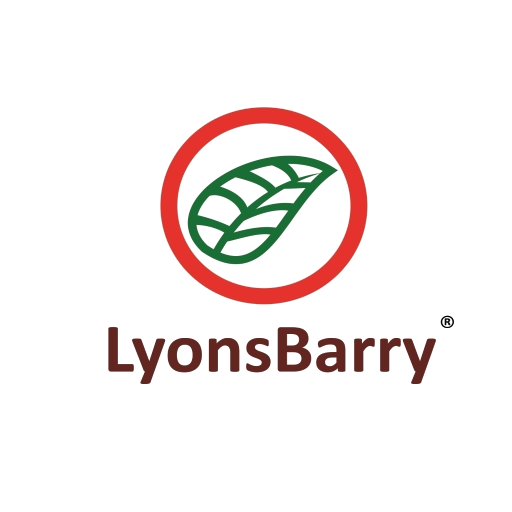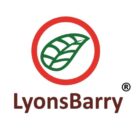Milk thistle, commonly known as silymarin, is a plant named for the white veins on its large prickly leaves. It is native to Mediterranean countries. Some people also call it Mary thistle or holy thistle.
In earlier times, people have used Milk thistle to treat liver disorders. The plant contains an active ingredient called silymarin which is extracted from the seeds. Silymarin is believed to have antioxidant properties[1] which help in managing liver-related problems. Milk thistle is also considered a potent agent in managing diabetes and its complications.
There have been studies on the beneficial role of Milk thistle in the treatment of acne, liver ailments, indigestion, hay fever, etc. However, it is unclear if oral consumption of Milk thistle alone is beneficial in patients with these ailments.
Milk thistle when taken in the prescribed dose and duration is considered safe for use. However, if you are suffering from any chronic disease, it would be best to avoid self-medication and consult a doctor before using a Milk thistle.
In some cases, Milk thistle may cause side effects, like abdominal bloating, diarrhea, dyspepsia, flatulence, and nausea. However, in some rare cases, oral intake of Milk thistle may cause allergic reactions.
Milk thistle : Silybum marianum , Cardo Lechoso, Artichaut Sauvage, Carduus Marianum, Holy Thistle, Lady’s Thistle, Marian Thistle, Mary Thistle, Our Lady’s Thistle, Blessed Milk, Saint Mary’s thistle, Mariendistel, Chardon de Marie

